Life in San Mateo offers vibrant, pet-friendly living—but the city environment also comes with unique hazards that can put your pet’s safety at risk. At Omega Veterinary Group, we understand how much your pet means to you, and we’re here to help you stay ahead of the most common urban threats, from the pavement beneath your feet to the unexpected items hidden in plain sight.
Food Scraps on the Ground: More Than Just a Bad Habit
The Hidden Dangers
City sidewalks are often scattered with food wrappers, crumbs, and discarded takeout—an irresistible temptation for curious pets. Unfortunately, these scraps can lead to gastrointestinal upset, foreign body blockages, or even poisoning. In some cases, moldy or spoiled food can be toxic.
Warning Signs
Watch for vomiting, diarrhea, lethargy, abdominal pain, or a sudden change in appetite. These may indicate your pet has eaten something harmful and needs prompt veterinary care. Diagnosis might include imaging and lab work, and treatment ranges from induced vomiting to hospitalization.
Prevention
Train your pet with commands like “leave it” or “drop it,” and keep them on a short leash in high-traffic areas. If scavenging is frequent, a basket-style muzzle may be helpful.
Drug Paraphernalia: Urban Hazards with Hidden Consequences
Unfortunately, it’s not uncommon to encounter used drug items in alleyways and parks. These pose serious toxic threats. Joint roaches are of particular risk, as they are often scattered like cigarette butts. A particularly gross hazard comes if your pets ingests human vomit or feces that have drug residue.
What to Watch For
If ingested or inhaled, residues from drug paraphernalia can trigger seizures, tremors, vomiting, or worse.
Prevention
Stick to clean walking paths, use paw wipes or booties after walks, and avoid allowing pets to sniff or mouth suspicious objects.
Cigarette Butts: Small but Seriously Toxic
Cigarette butts are loaded with nicotine and other chemicals that are highly toxic to pets—even in small amounts.
Symptoms of Ingestion
Drooling, vomiting, muscle tremors, a fast heart rate, or seizures are possible. If untreated, nicotine toxicity can lead to life-threatening complications.
Prevention
Avoid areas with heavy foot traffic where smoking is common, and stay alert during walks. Teach your pet to ignore litter with consistent training. If ingestion is suspected, contact us immediately.
Broken Glass: An Everyday Injury Risk
Shards of glass on sidewalks, gutters, or near dumpsters can easily injure sensitive paw pads.
Signs and First Aid
Look for limping, bleeding, or your pet licking one foot repeatedly. Clean wounds with antiseptic and bandage if needed—but always follow up with a vet, as glass can embed beneath the skin and cause infection.
Prevention
Scan walkways ahead, avoid alleyways, and consider protective booties on high-risk routes.
Hot Pavement: The Summer Danger You Can’t See
On sunny days, asphalt can reach scorching temperatures that burn paw pads within seconds.
Heat Warning Signs
Limping, blistering, excessive licking at the feet, and signs of heat exhaustion—like panting and drooling—may indicate pavement burns.
Prevention
Use the “5-second rule”: if the pavement is too hot for your palm, it’s too hot for paws. Stick to early morning or evening walks, and consider paw balm or booties for added protection. Learn more about heat safety here.
Sidewalk Grates: A Surprising Source of Injuries
Metal grates and utility covers can be slippery or trap small paws, especially in small breeds.
Injury Signs
Sudden limping, fear of walking forward, or visible abrasions may follow a misstep on a grate.
Prevention
Use a short leash for more control and guide your pet around grates, not over them.
Wildlife in the City: Coyotes, Raccoons, and More
Urban wildlife encounters are increasingly common in the Bay Area. Even brief interactions can result in bites, scratches, or disease exposure.
Signs of a Problem
Look for wounds, swelling, changes in behavior, or fever. Immediate veterinary care is needed to assess trauma, administer antibiotics, and evaluate rabies risk. Get more info on handling wildlife encounters.
Prevention
Always supervise pets, especially at dusk and dawn, and avoid leaving food or trash outside.
Toxic Plants in City Landscaping
Many public spaces use plants that, while beautiful, can be harmful or deadly if chewed or ingested by pets.
Toxicity Symptoms
Vomiting, diarrhea, drooling, lethargy, and even seizures can result, depending on the plant. Immediate care may include induced vomiting, fluid therapy, or activated charcoal.
Prevention
Familiarize yourself with dangerous species and keep your pet from nibbling on unfamiliar greenery. For a comprehensive plant guide, refer to the ASPCA’s list.
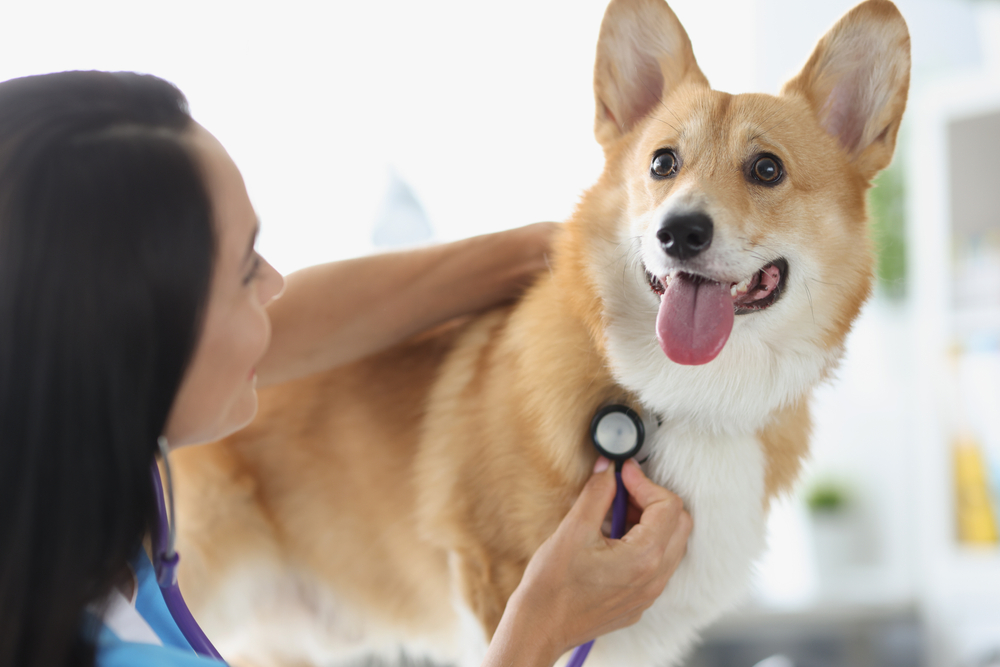
Frequently Asked Questions
How do I protect my dog’s paws in the summer?
Avoid hot pavement, walk during cooler hours, and consider paw balm or booties.
What should I do if my pet eats something on the street?
Call us immediately before taking action. Never induce vomiting unless instructed.
How often should I check my pet’s paws after walks?
Every walk—especially in high-traffic or unfamiliar areas.
Urban Living, Safer Pets
City life brings enrichment and excitement—but it also comes with risks. At Omega Veterinary Group, we’re here to help you navigate those risks with confidence and care. If you’re ever unsure whether something your pet encountered is dangerous, don’t wait. Contact us or come meet our team to learn how we can help keep your pet safe, happy, and thriving in the city you both call home.

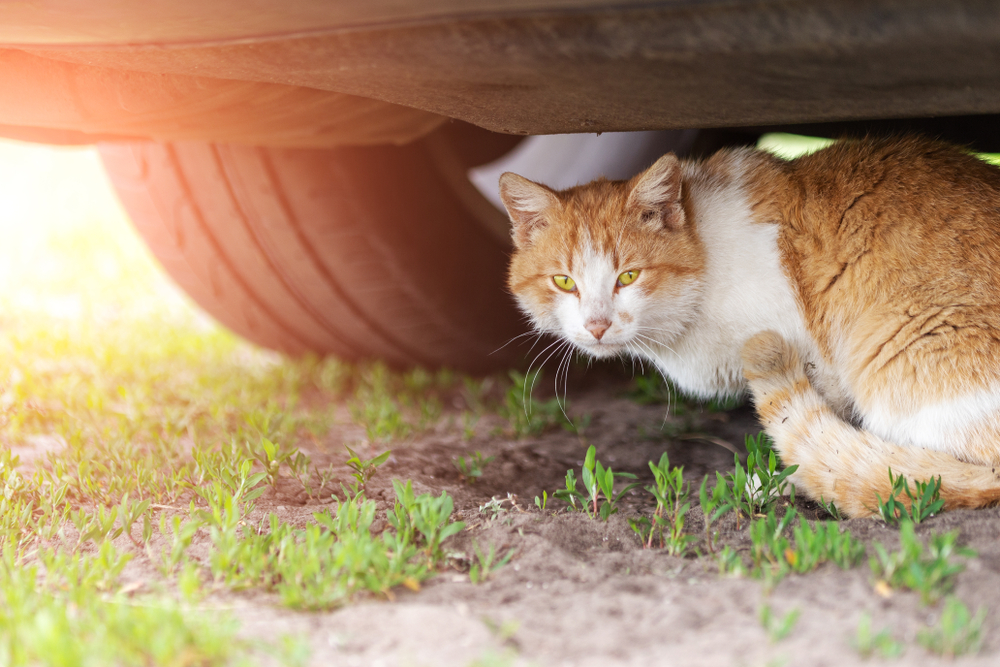
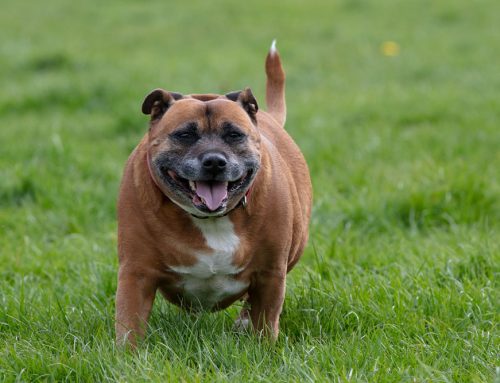
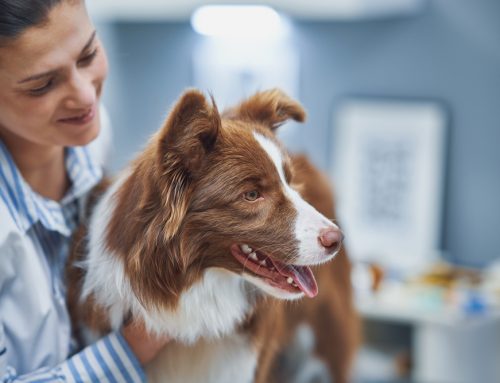
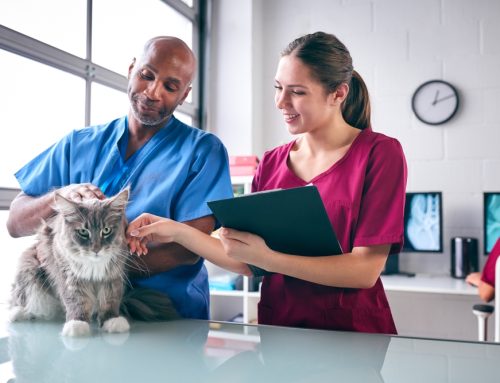
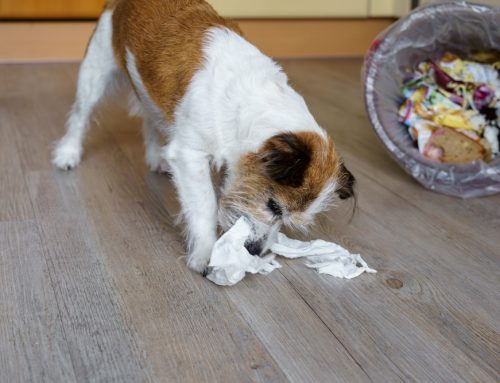
Leave A Comment